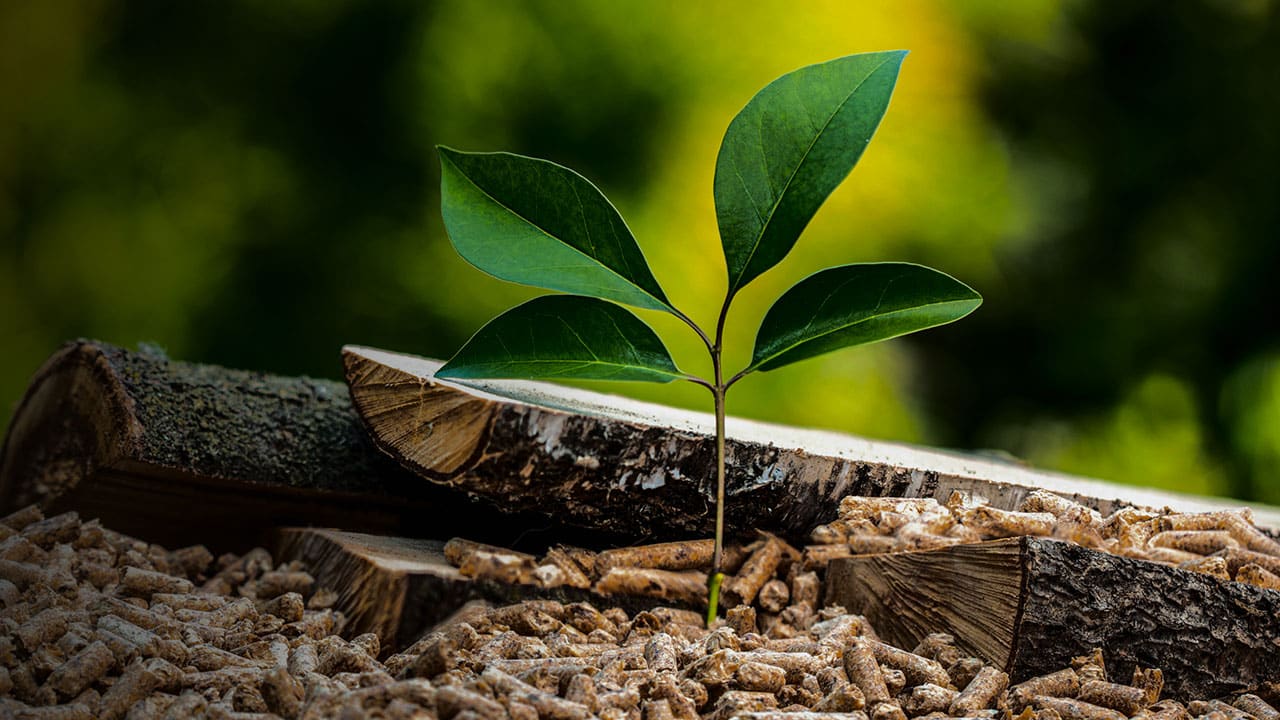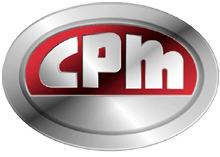Globally, about 70% of aluminum cans are already recycled. The average aluminum can contains about 73% recycled material. Recycling aluminum cans is also about 95% more efficient than manufacturing aluminum cans from raw material.
But, even with those sustainability credentials, there’s still room for improvement, and that’s exactly what CPM’s beverage and packaging solutions team has been driving toward.
CPM’s Role in Aluminum Can Manufacturing
CPM provides equipment for several stages of the aluminum can manufacturing process. Our washers are used to remove residual oils or other impurities from cans after they’re shaped, but before they’re coated and decorated. Our dryers dry the cans to prepare them for decoration and coating, and our ovens bake the cans after decoration and internal coating to cure the coatings and decorations, as well as prepare the can for filling.
Finally, our industry-leading conveyor systems move and transport cans throughout the process. At CPM, we’ve been working to add sustainability and efficiency to every part of the process with which we interact.
Adding Efficiency With Heat Recovery Systems
In a traditional model, heat is created, used, and then exhausted several times during the can manufacturing process. Hot air from one part of the process might not be able to be directly reused in another part because it either has too much moisture in it or contains Volatile Organic Compounds (VOCs) that might not be suitable for a later process.
That’s why, according to Andrew Butler, Head of Special Projects at the CPM Packaging Group, CPM has been looking at innovative systems that allow heat to be reused during the process.
“We’ve been able to add heat recovery systems to both our dryers and our ovens,” says Butler. “We can use a heat exchanger to remove the heat from the exhaust air and put it into the intake air so that there’s less heat wasted and more reused.”
By capturing and reusing heat that would otherwise be lost, CPM’s heat recovery systems help lower energy consumption and greenhouse gas emissions, as well as reduce the overall cost of operation.
Sustainable Heat Source Options With Hybrid Ovens
Traditionally, the demand for high heat in aluminum can manufacturing has been satisfied by natural gas, but, as many manufacturers look toward renewable energy sources, CPM has developed alternative heating options.
“It would be possible to run a can manufacturing facility entirely on electricity,” says Butler, “but you would need a lot of electricity.” It would be enough electricity to come with practical challenges in terms of delivering it.
To balance the realities of the electrical grid and a push for more sustainable heat source options, CPM has developed hybrid can dryers and ovens that use both electricity and gas. Today, that gas is typically in the form of natural gas, but CPM’s hybrid systems are fully capable of running on hydrogen.
“Right now the hydrogen infrastructure simply isn’t ready for applications like this in most parts of the world,” says Butler. “But when it is, so are our machines.”
More Efficient Motors
Another way that CPM drives efficiency in the aluminum can manufacturing process is through the use of variable-speed and highly efficient motors.
Traditionally, airflow would be controlled through can ovens and dryers by using a constant-speed fan and then using dampers to restrict airflow when needed. CPM was one of the earliest equipment providers to replace dampers with variable-speed fans in our equipment. This means that, with CPM equipment, no more airflow is created than is needed, meaning energy isn’t wasted. Today, much of the industry has followed in our footsteps.
We’ve also introduced premium efficiency (IE3) electric motors as standard in all of our equipment, and we’re in the process of introducing the even more efficient super premium efficiency (IE4) and ultra premium efficiency (IE5) motors as options in the future.
Reduced Water Consumption
Energy savings are not the only opportunity for improving sustainability in the can manufacturing process; we’ve also made significant progress in reducing the amount of water used in the can washing process.
“About a decade ago, standard can washers used 50–60 cubic meters of water per million cans,” says Butler. “Today, our machines are down to 8 cubic meters per million, and we’re confident we’ll be able to get that down to 5.”
More Efficient Can Conveyors
Like with our can washers and dryers, CPM has also found ways to improve the efficiency and sustainability of our conveyance systems. We’ve found ways to incrementally reduce friction in the system and reduce motor sizes, while increasing efficiency. We’ve also added variable-speed motors to reduce energy consumption when lower speeds are needed, and implemented longer-lasting, more efficient conveyor belts.
Incremental Changes for Big Benefits
“I think lots of people are looking for a single solution to efficiency in can manufacturing,” says Butler. “One stone to knock the whole thing over. Instead, we’ve found that by combining lots of smaller, incremental changes, we’re able to deliver much bigger efficiency and sustainability results.”
If you’re interested in taking advantage of the industry-leading performance and efficiency of CPM’s can manufacturing equipment, contact us today.




